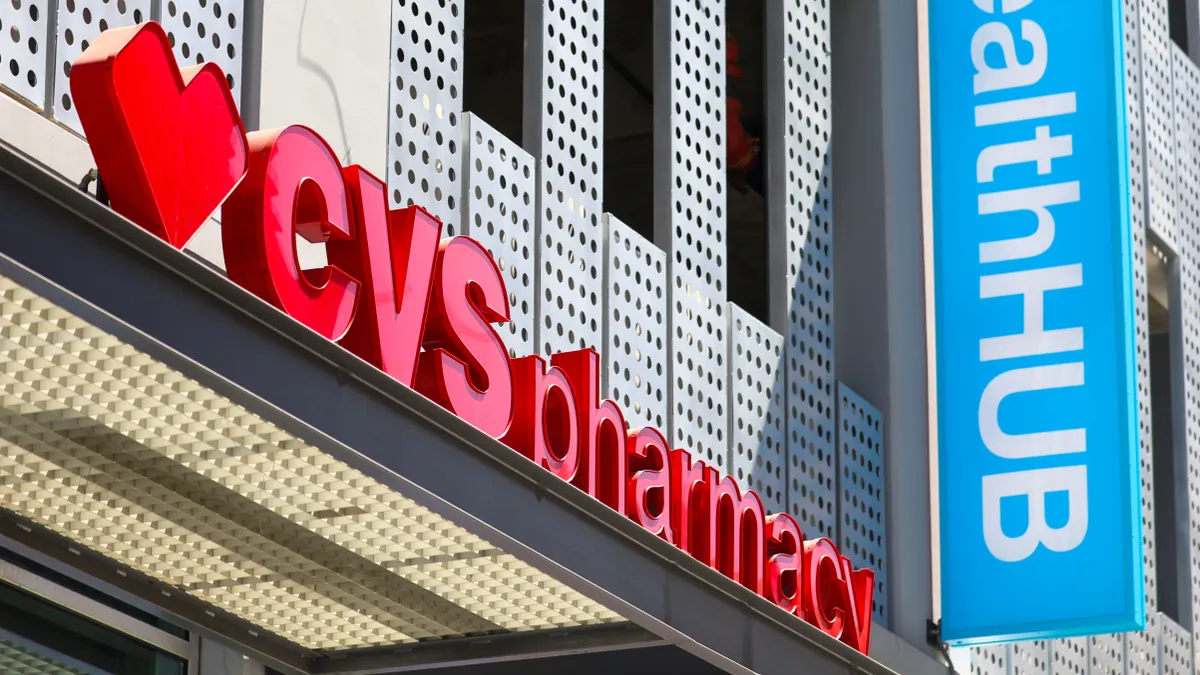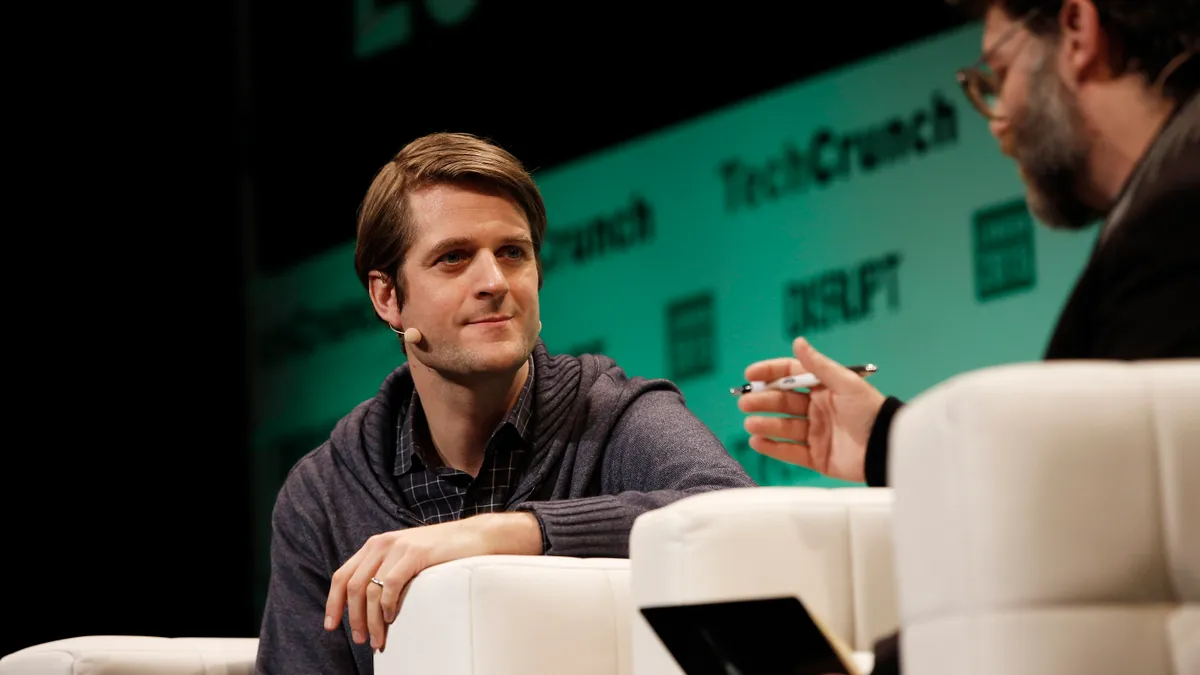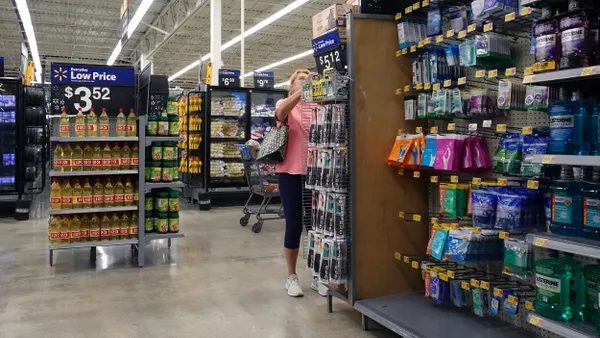When Karen Lynch took over as CVS Health CEO in 2021, one of her aspirations was to make the company one of the most consumer-centric organizations in healthcare.
CVS Health has taken large steps in that direction. Three years after it launched a customer experience initiative to put the consumer at the center of healthcare, CVS Health has closed the loop for over 5 million customer interactions. The company also saw its likelihood to recommend scores rise among three-quarters of consumers it closed the loop with, the company told CX Dive.
The transformation, led by Deloitte Digital, focused on increasing structured and unstructured customer feedback to better personalize care and identify problem areas. It also worked to close the loop on customer inquiries to improve customer satisfaction.
“There are 18-plus million pieces of feedback, 75,000 people using the system all the time, many different channels and different lines of businesses, [and] regulations across different types of businesses,” Tim Greulich, customer experience management practice leader at Deloitte Digital, said.
CVS Health's network is vast — the company owns CVS Pharmacy, pharmacy benefits manager CVS Caremark, health insurance provider Aetna, and Oak Street Health, a healthcare network of primary care centers, as well as other businesses.
“We have customers that walk into our retail store that shop our front store, we have pharmacy consumers, we have patients in MinuteClinic, Oak Street Health, specialty pharmacy, we actually have B2B consumers on Aetna,” Srikant Narasimhan, VP of enterprise customer experience at CVS Health, told CX Dive. “We think about all of those people as our consumers. There's a lot of similarities and experiences you need to deliver across those constituencies. But there's also differences.”
This means the customer experience challenges CVS Health faces are immense, according to Judy Weader, a principal analyst at Forrester.
“There's a big difference between just being a retail part of the ecosystem and actually shifting to, ‘We're going to do delivery, we're going to be an insurer, we're going to do pharmacy benefits management, we're going to do all of it,’” Weader told CX Dive.
That kind of vertical integration increases the company’s ability to control a big portion of the healthcare infrastructure, Weader said. A customer could potentially interact with CVS Health throughout their entire customer journey through all of its services and products.
Garnering feedback
CVS took on a four-pronged approach to deliver customer centricity, Narasimhan said:
- Measure sentiment in a consistent and meaningful way.
- Intervene for service recovery and close the loop.
- Solve pervasive issues.
- Imbue employee culture with a mindset of “helping with heart.”
Improving CVS Health’s ability to measure and analyze customer sentiment requires a large technological knowhow. Narashimhan brought on Deloitte Digital to help turn his vision into a reality.
Today, the company gets 17 million pieces of solicited feedback from consumers annually through its customer experience management platform Medallia. The company implemented over 130 survey programs across digital, transaction and relationship touchpoints across its different businesses.
“You've seen people in the organization hungry for this information once they understood the impact that it could have from the frontline all the way through the executive channels,” Greulich said.
The company decided to coalesce its structured feedback efforts around net promoter score.
“You want to pick something that you can rally the organization around, and you want to talk about things in a common way,” Narasimhan said.
“NPS felt like it holds you to a higher standard, because you're asking someone … ‘Would you recommend someone that you love and care about, a friend or family member, to go through the experience you just went through?’” Narasimhan said.
CVS Health says it was able to make “sizable progress” in its NPS journey. Though it did not share its score, the company said its data shows “promoters spend more, attrite less and are more adherent to therapies.” Consumers who engaged digitally with CVS Health had a 10-point higher NPS score in comparison to those who did not engage with CVS Health digitally.
Deloitte is also working with CVS Health to mine data from call transcripts, including sentiment analysis, and digital session data. This unstructured data helps CVS Health get a 360-degree view of the consumer, Narasimhan said.
Closing the loop
A 360-degree of the customer, of course, doesn’t mean much if there’s no action taken based on those insights. The company has focused on closing the loop on customer issues to improve customer satisfaction.
CVS Health treats survey participation as an engagement opportunity — particularly when a customer has complaints.
“If you provide CVS a set of information, there's an action that comes from that,” Narasimhan said. “If you told us that you had a bad experience, you gave us a 3 or something, and you left a comment, that would get routed to a frontline agent.”
The agent or manager would connect with the unhappy customer, discuss what happened and try to right the situation.
In looking at session data, CVS Health can also try to intercept a customer who is spending a lot of time on the site by offering them the opportunity to speak with a live agent via chat.
CVS Health has created “a safety net” for customer service calls. If a customer is on the phone with an agent for more than a certain amount of time, the supervisor checks in with the agent to see if they need help resolving the issue.
Predicting customer needs
Predictive modeling has helped personalize service, which is particularly useful for high-frequency callers, a set of people that call CVS Health for 10 months straight before their calls start to drop off.
“They're either new to the healthcare system, they're early in their tenure in terms of their career, or they're new to a condition and they're trying to learn how to actually manage it,” Narasimhan said. “And it takes them about 10 months of calling us to figure it out.”
CVS Health has been trying to shorten that time.
“Can we actually get them to somebody who can help them?” Narasimhan said. “It's advantageous to us because they're not calling us all the time, it's advantageous to them because they can self-service their condition.”
Of course, not every issue can be solved via customer service. For operational issues — like drug shortages, prior authorizations issues and inadequate physician search tools — the CX team has worked to hold the rest of the organization accountable to solving them.
Last summer, CVS Health began tying executive bonuses to meeting customer experience targets, CX Dive’s sister publication CFO Dive reported.
Connecting customer experience “to compensation gave us a seat at the table and made people start paying attention, like ‘Hey, if you don’t actually address this, you’re not going to get paid,’” Narasimhan said at the time.


















